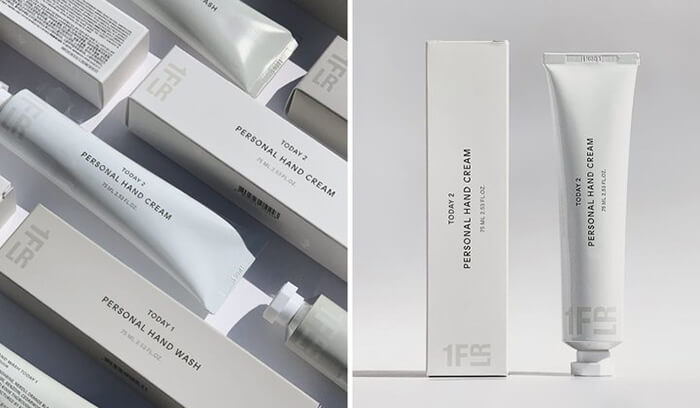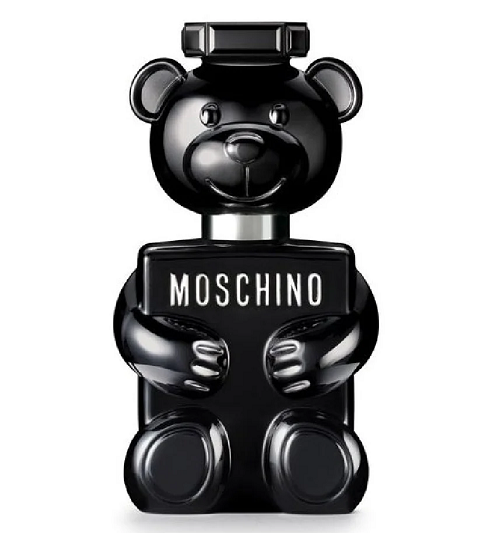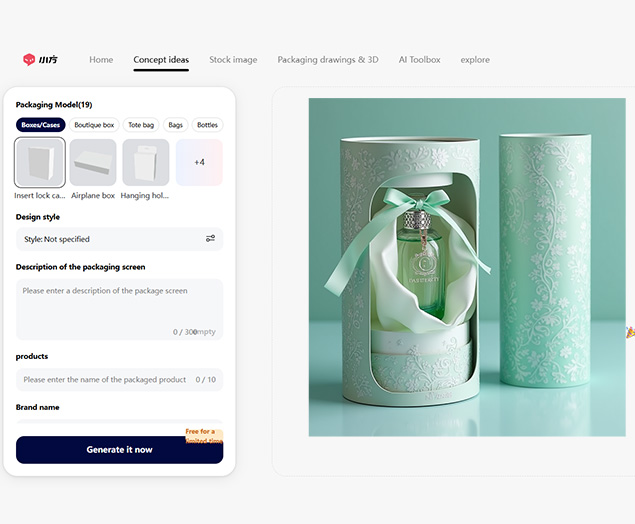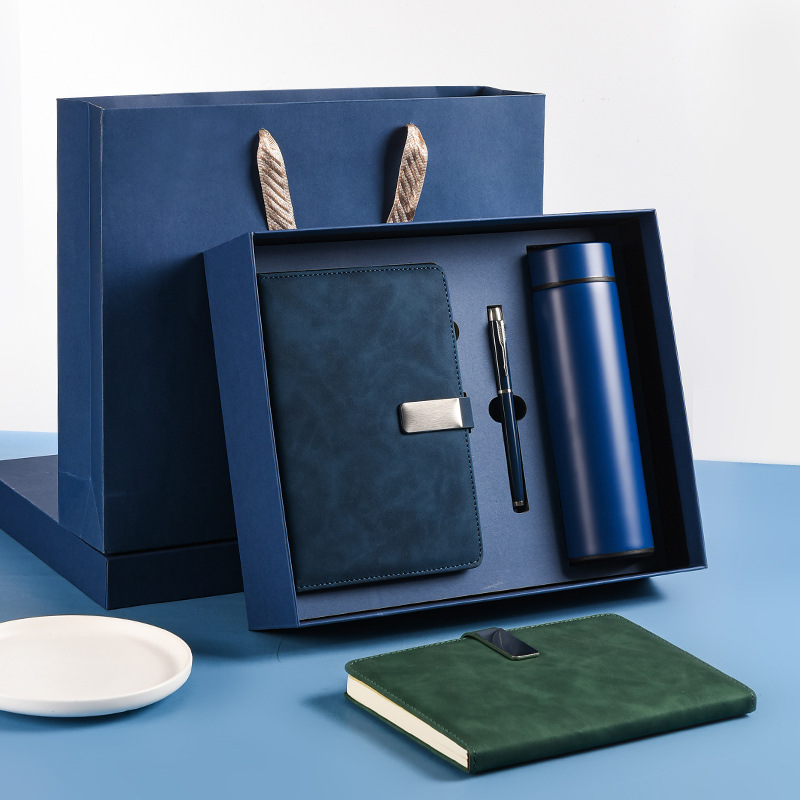Packaging Design Guide: Look, Structure, Color, Style & More Tips
To create superior packaging, you must be aware of the elements that must be considered throughout the design process. In order to improve the sales volume of products, packaging design is a crucial component. Custom box packaging design is also an important skill to master. Shape and package design include the design technique. A commodity’s look, package structure, and color all contribute to its overall style, thus it’s significant to consider all three while designing a product.
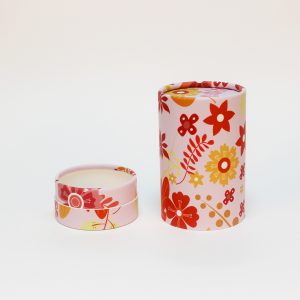
Packaging Design Guide: Look, Structure, Color, Style & More Tips
A direct performance indicates that the attention of the performance is entirely on the subject. Expressing its look or application, for example. Photographic images or open windows are the most prevalent means of conveying one’s feelings. Direct expression strategies involving auxiliary methods are available in addition to the objective direct expression.
Foil is one of the supplementary methods that may help to better explain the topic. A tangible or abstract picture may be used to set off the trigger. Be mindful not to overpower the topic of the analysis.
Set out from the other side to provide the topic a greater performance in comparison: this is the transformation form of contrast that may be termed contrast. Concrete or abstract contrasts might be used in the contrast component. Exaggeration and induction are two of the most prevalent methods of altering the picture of a topic in order to emphasize its major traits in the direct statement.
Exaggeration: exaggeration seeks prominence via change, while induction seeks clarity through simplicity. The only thing they have in common is that they alter the picture. Exaggeration isn’t just something you do; it’s something you accentuate, which gives the subject picture an absurd, but logical, quality. In Chinese folk paper-cutting, mud toys, shadow play modeling, and foreign cartoon art, there are several instances of this approach. The romantic appeal of this form of communication is undeniable. Packaging images are sometimes exaggerated to emphasize the qualities of cuteness, vibrancy, and appeal rather than the appearance of ugliness.
An exaggeration is a kind of induction that seeks prominence by change rather than clarity. The two have one thing in common: they both alter the subject picture in some way. Exaggeration isn’t just something you do; it’s something you accentuate, which gives the subject picture a sense of absurdity while still making it plausible. These techniques are widely used in traditional paper cutting and toy making, shadow puppetry, and international cartoons. Using this method is filled to the brim with romantic intrigue. Generally speaking, package images that exaggerate their cuteness, vividness, and interestingness should be avoided.
In order to draw attention to the qualities of the topic, this is a processing strategy that involves taking a lot and giving up a lot. Design with a focus on the surrounding area.
There are two ways to convey one’s thoughts: direct expression and indirect expression. An object’s meaning can only be conveyed with the aid of other pertinent elements. Techniques like this one have a wide range of applications. Packaging design is often used to convey a certain feature or brand and the underlying concept of the product.
It’s difficult to convey some aspects of a product in a straightforward manner. Perfume, alcohol, laundry detergent, and so forth are examples. Indirect representation is the only way to deal with this. At the same time, many items are directly expressed. Innovation and change are typically sought via indirect performance in order to get fresh, distinctive, and changeable results.
As an alternative to directly expressing yourself, you may use techniques such as metaphor, association, and symbolism.
To use a metaphor, one compares this object to something else. It’s a mix of several methods. To create meaningful metaphors, the designer must be well-versed in a variety of contexts and be able to draw on a wide range of experiences and cultural references.
The association approach involves using an image to drive the viewer’s understanding in a certain direction, and the connection that the viewer makes will fill in any information that isn’t immediately provided on the picture. This is also a kind of communication between people. It is not enough for individuals to merely accept a design wound aesthetically; they must also engage in specific psychological actions. The implementation of the association technique relies on the execution of design, which is a psychological foundation for specific psychological processes. An advantage of the association method’s usage of a media picture over a figurative one is its greater adaptability. Concrete or abstract ideas are acceptable. People’s associations may be sparked by a wide range of pictures, both tangible and abstract. Concrete flowers, tadpoles, frogs, pyramids, falling leaves, and so on May all be associated with pleasure. There are many ways to ponder about mountains and rivers, such as by looking at abstract wood grain or the horizon, or by looking at the greenery of grassland and woodland. In the light of the ice flowers on the window, people will conjure up all sorts of memories.
Metaphor and association are combined into a symbol, which is more abstract in its meaning and condensed in its method of representation. Symbols It is widely accepted that packaging and decorating design is used to convey the brand’s essence and the abstract quality of a particular product. The picture technique is more logical and implicit than the metaphor or association method. The expression of meaning in a symbol should be immutable since symbols are used to represent ideas that may be modified at will. Color symbolism is an essential part of symbolic expression.
Decoration: in terms of indirect expression, some gift packages often do not directly use a metaphor, association, or symbolic techniques, but use the decorative techniques of packaging design. This “decorative” should pay attention to a certain orientation and use this nature to guide the feelings of the viewer.
We have learned about the packaging design from the above aspects. It is very important to understand the aspects that should be paid attention to in packaging design in order to make better packaging design, to achieve better sales, make the goods worth more, and achieve good sales effect. It is very significant to master the design method of packaging design.
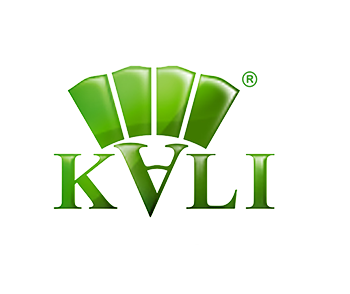
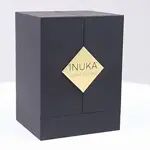
Top 10 Creative Cosmetic Packaging Design Ideas & illustrations 2023 | Luxury-Paper-Box.Com
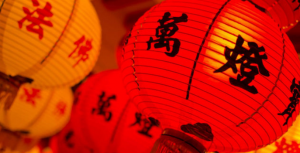
10 Customs Of The Spring Festival (Lunar New Year) You Need To Know
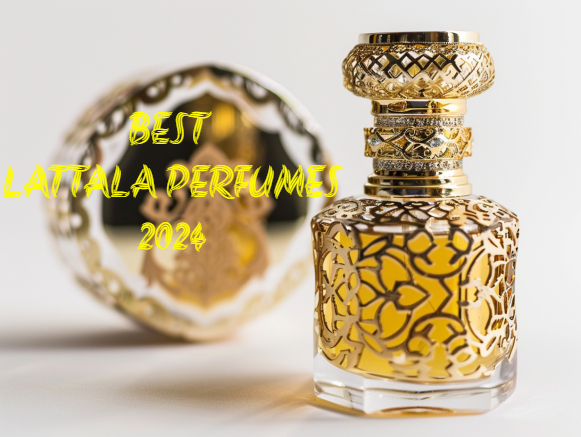
Top 10 Best Lattafa Perfumes for Women & Men in 2024
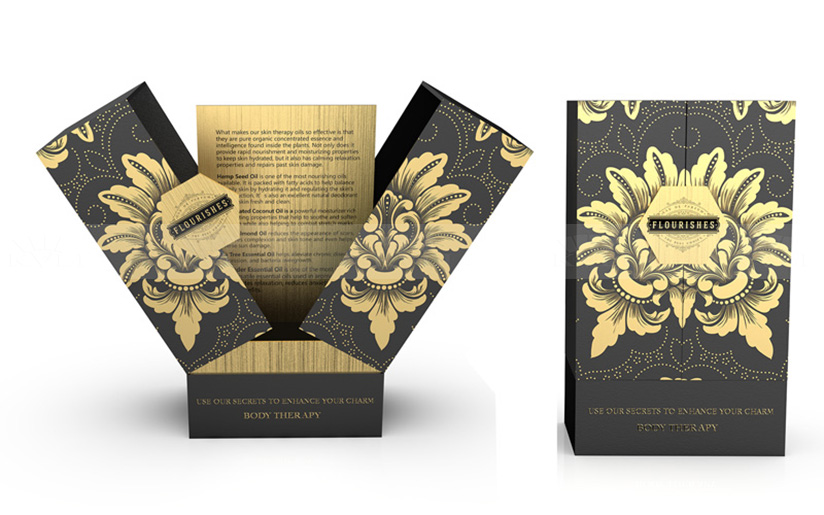
Top 10 Best Packaging Design Software 2023 (Free & Paid)
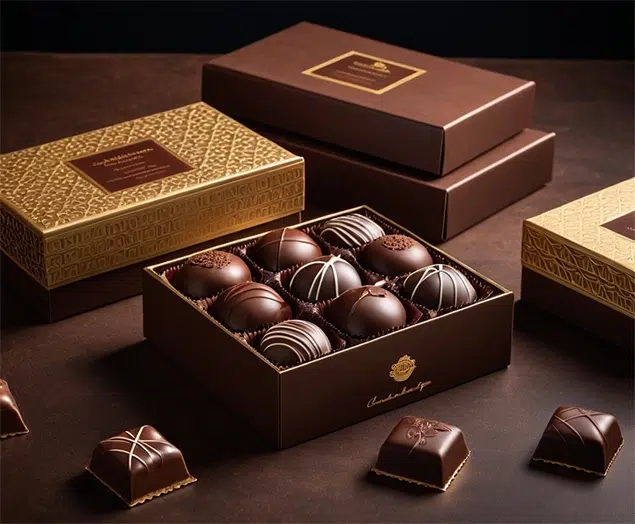
Best Chocolate Packaging Designs of 2025
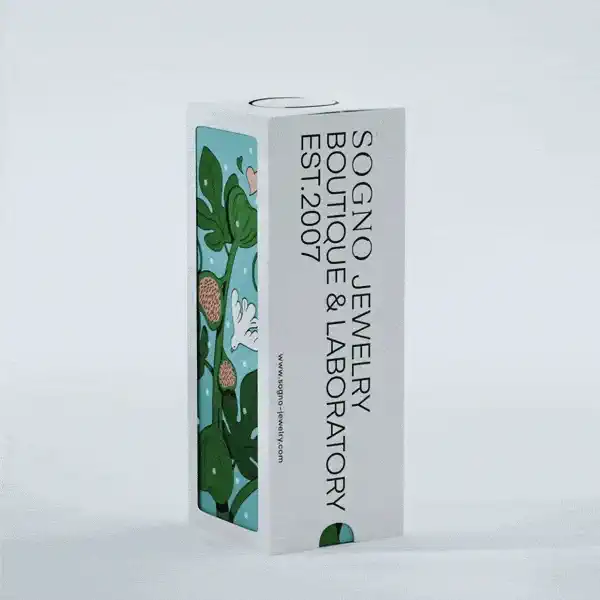
Natural Concept Perfume Design Ideas: Tell Your Brand Story
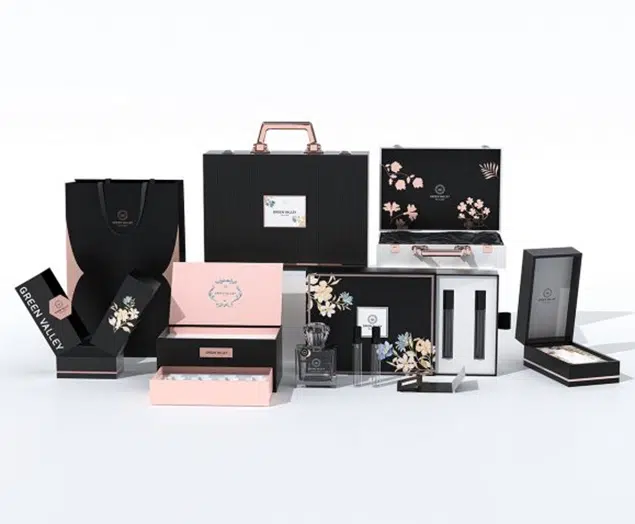


 kali@luxury-paper-box.com
kali@luxury-paper-box.com
